


Welcome to the fascinating world of pagodas, the iconic tower-like structures found across various Asian countries. These magnificent architectural marvels hold profound religious and cultural significance, each telling a unique story of history and spirituality. In this article we’ll discuss the captivating aspects of pagodas, exploring their origins, design, purpose, distribution, and even some famous pagodas from around the world. So, let’s dive in!
A pagoda is a distinct type of building commonly found in Asian countries, particularly in East and Southeast Asia. These elegant structures are characterized by their towering appearance, multiple tiers, and gracefully curving eaves leading up to a pointed top.
The design of pagodas is often likened to that of a tiered wedding cake, with each tier gradually reducing in size as it reaches the apex. The visual appeal of pagodas is enhanced by the intricate carvings and decorative elements adorning the exteriors.
What sets pagodas apart is not just their architectural beauty but their deep spiritual significance in Asian cultures. These structures are revered as sacred places that serve as bridges connecting the earthly realm with the celestial world.
They are places of worship, meditation, and pilgrimage, drawing devotees seeking spiritual solace and enlightenment.
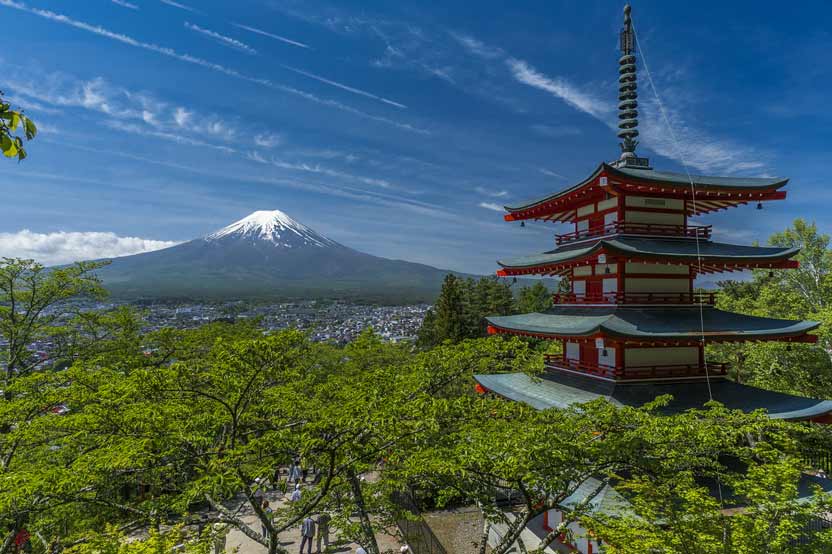
The term “pagoda” has a fascinating linguistic history that spans several centuries. It originated from the ancient Sanskrit word “bhagavati,” which referred to a sacred place or temple. As cultural and religious exchanges between India and other Asian regions increased, the term underwent transformations in different languages.
Over time, “bhagavati” evolved into “bhagavatika” in Prakrit (a Middle Indo-Aryan language), and then into “pagoda” when it reached the shores of Europe through interactions with Portuguese and other Western traders.
In everyday usage, the word “pagoda” has become synonymous with the distinctive tower-like structures found in Asian countries, particularly in East and Southeast Asia.
These pagodas are characterized by their soaring appearance, multiple tiers, and gracefully curving eaves leading to a pointed top. They serve as spiritual sanctuaries, repositories of sacred relics, places of worship, and cultural landmarks, symbolizing the connection between the material world and the divine realm.
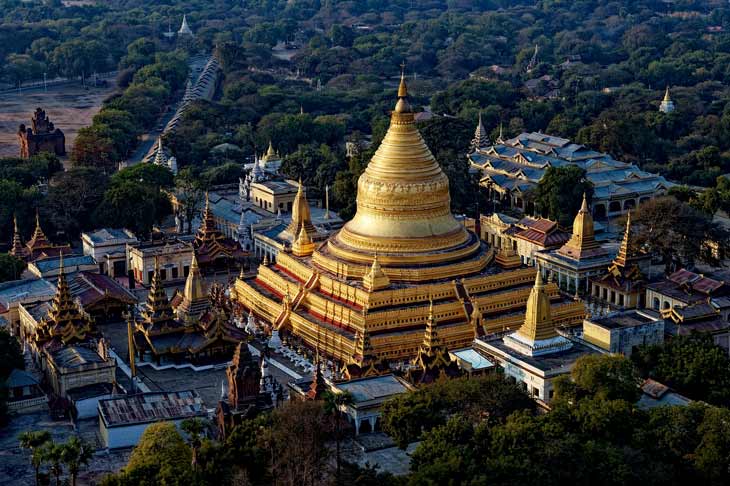
Pagodas serve various purposes, reflecting the diverse roles they play in Asian societies. Firstly, they are places of worship and meditation, where devotees come to connect with their spiritual selves. The serene and contemplative atmosphere within the pagoda encourages a sense of inner peace and mindfulness.
Additionally, pagodas often house sacred texts, art, and religious artifacts, preserving and transmitting the wisdom of the ages. These repositories of knowledge help preserve the teachings and history of a particular religious tradition, providing valuable insights for future generations.
Moreover, pagodas have served as navigational landmarks for travelers, guiding them along their journeys. Their prominent and towering presence in the landscape makes them easily identifiable from a distance, offering reassurance and direction to those on a pilgrimage or expedition.
Building a pagoda is no easy task; it requires skill, craftsmanship, and adherence to traditional architectural principles. The construction process varies depending on the region and the materials used. Traditionally, pagodas were constructed using wood, brick, stone, or a combination of these materials.
The construction of a pagoda begins with a solid foundation, often made of stone, to support the structure’s weight and provide stability. Wooden frameworks and scaffolding are erected to support the construction process as the pagoda rises in tiers. Carpenters and craftsmen meticulously assemble the wooden components, with each tier carefully interlocking with the one below it.
One of the remarkable features of pagodas is their use of stacked eaves, which not only adds to the visual appeal but also serves practical purposes. The eaves protect the interior from the elements, ensuring the pagoda’s longevity. Another striking characteristic is the intricate wood carvings and ornamental elements adorning the pagoda’s exteriors, showcasing the artistic prowess of the craftsmen.
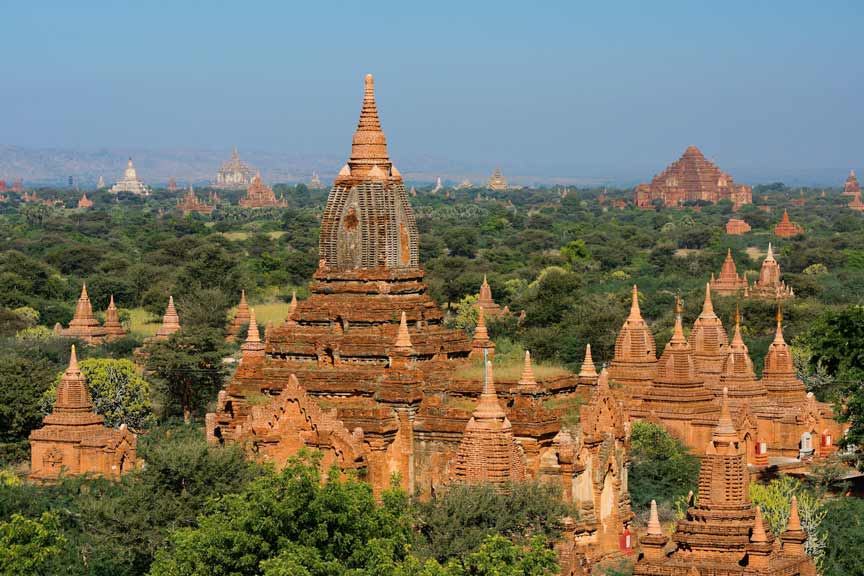
The history of pagodas dates back to ancient times, with their origins tracing back to early stupa-like structures in India. Stupas were mound-like structures that housed sacred relics and served as focal points for Buddhist worship. The earliest stupas were solid and simple, designed to hold the ashes or remains of Buddhist monks or other important religious figures.
As Buddhism spread across Asia, the stupa evolved into the pagoda, adapting to the distinct architectural styles and cultural preferences of each region. The transformation from the simple, solid stupas to the towering and tiered pagodas we see today was a gradual process, influenced by local customs, materials, and architectural practices.
We will discuss stupas more in-depth in the next section, so stick around for that!
Before pagodas took their current form, they drew inspiration from Indian stupas. Stupas were solid, dome-shaped structures designed to enshrine the remains of Buddhist monks or important religious figures. As the concept of the stupa traveled to countries like China and Japan, it transformed into the towering and tiered pagodas we see today, while still preserving its sacred significance.
The stupa’s foundational symbolism remained intact in pagodas, emphasizing their spiritual and religious functions. Over time, pagodas began to incorporate regional architectural elements and cultural motifs, resulting in a diverse array of pagoda designs across Asia.

Pagodas can be found in many Asian countries, each boasting its unique style and cultural significance. Here is a list of countries where pagodas are most commonly found:
Each country has its own distinct architectural style and cultural practices, resulting in a diverse array of pagodas across the continent.
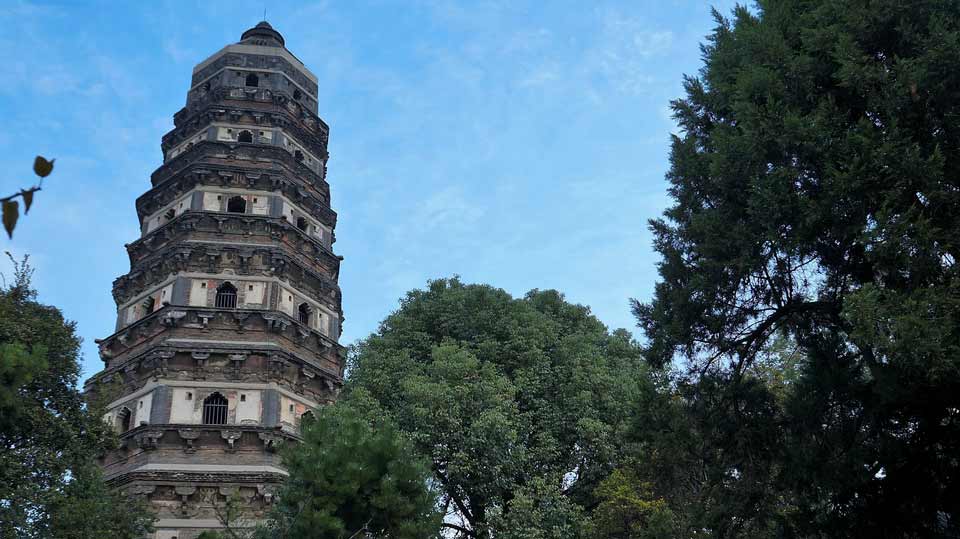
The diversity of pagodas is truly remarkable, with each country offering its own distinctive designs. Some pagodas are towering structures with multiple tiers, while others are more modest in size. Roof shapes can vary from conical to pyramidal, and decorative elements can include intricate carvings, colorful tiles, and symbolic statues. The sheer variety of pagoda designs reflects the richness of Asian architectural heritage.
Despite the regional variations, all pagodas share a common purpose of spiritual significance, reflecting the deeply rooted cultural and religious traditions of Asia.

Now, let’s take a moment to appreciate some of the most famous pagodas from around the world:
This masterpiece of Chinese architecture stands tall with its intricate wooden design and impressive octagonal base, symbolizing harmony and balance. Located within the Summer Palace grounds, the Duobao Glazed Pagoda offers breathtaking views of the surrounding landscape.
As one of the oldest wooden pagodas in the world, the Horyuji Pagoda exudes a sense of timelessness and historical significance. Part of the Horyuji Temple complex, this pagoda is a UNESCO World Heritage site, providing a glimpse into ancient Japanese craftsmanship.
Part of the UNESCO-listed Bulguksa Temple complex, the Bulguksa Pagoda exemplifies the elegance and grace of Korean design. This pagoda is a prime example of the seamless integration of Buddhism and indigenous cultural elements.
This stunning golden pagoda is a symbol of Myanmar’s deep-rooted Buddhist heritage and cultural pride. The Shwedagon Pagoda’s gilded exterior shimmers in the sunlight, captivating visitors with its grandeur and spiritual aura.
Also known as the Temple of Dawn, Wat Arun is an architectural marvel featuring a central Khmer-style pagoda. As one of Bangkok’s most iconic landmarks, Wat Arun offers stunning panoramic views of the Chao Phraya River.
Amidst the sprawling temple complex of Angkor Wat lies a series of beautiful pagodas, reflecting the grandeur of Khmer architecture. The Angkor Wat complex, a UNESCO World Heritage site, attracts millions of visitors seeking to marvel at the historical and artistic legacy of Cambodia.
This list of famous pagodas is by no means exhaustive, as each Asian country boasts numerous awe-inspiring pagodas, each contributing to the cultural tapestry of the region.
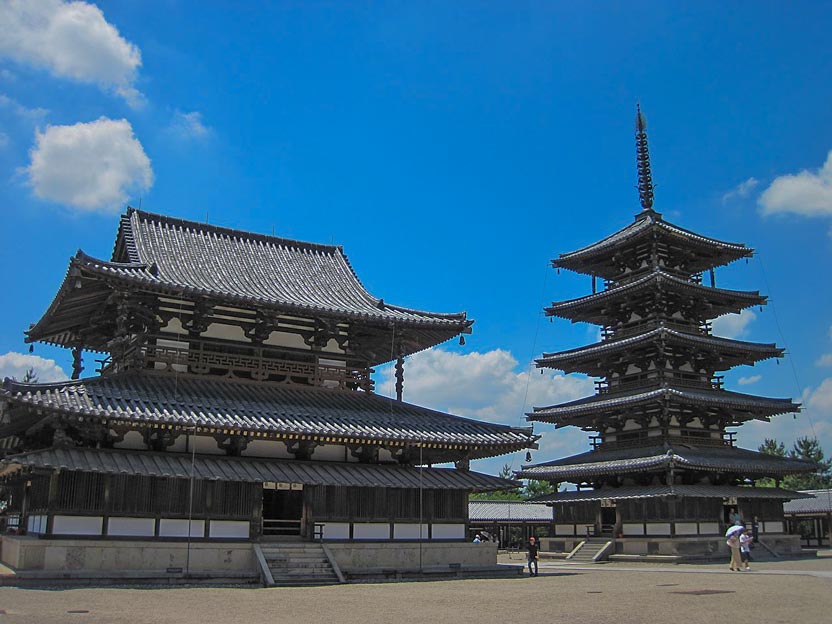
Pagodas, with their history, symbolism, and architectural brilliance, hold an irreplaceable place in the hearts of those who embrace Asian culture. From India to Japan, these elegant structures have witnessed centuries of spiritual devotion and artistic expression. As you explore the world of pagodas, may you find inspiration in the rich tapestry of Asian architecture and religion, where earthly beauty meets celestial aspirations.
With their intricate designs and profound meanings, pagodas stand as a testament to the ingenuity and creativity of human civilization. The legacy of pagodas continues to captivate and inspire generations, reminding us of the timeless connection between spirituality and architecture in the vibrant tapestry of Asian heritage.
